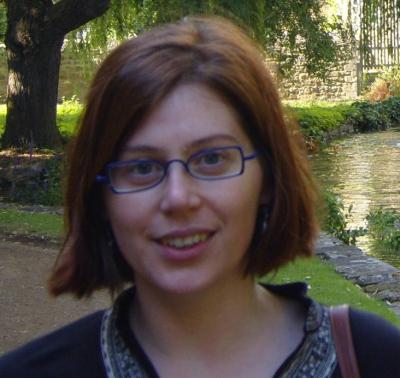I don't have much time to do a big long open-ended blogpost series about this paper, the way I did with Melzack and Katz 2013, dragging readers along a metaphorical river voyage through trial and tribulation, for months, in order to better understand the neuromatrix model of pain, all the way into Melzack's "head"waters.
But I sure would like to.
Maybe some day I will.
It will have to be ... well, not right now, because I have to prepare a new presentation these days, and another new one for in the spring, and I'll be busy flying all over the place teaching workshops then recovering from the effort, all fall. So this project will have to wait. Or else be done at a much slower rate, not the burst of a post almost every day, the way I did with M and K.
OK, I can do this. Bits and dabs.
(This will probably require more discipline than the full blast way I wrote about the M and K paper.)
The paper I want to tackle, savour, sink into, saturate myself with, is "The Skin as a Social Organ" by India Morrison, Line S. Löken, and Håkan Olausson. (Luckily, a full pdf copy of it floats around loose in google; here is a link to that, so readers might read it themselves.)
This is a delicious paper. It contains every reference to everything I think is important to life as a human primate social groomer. It's as though this paper was made for, written especially for, people just like me, and I want to thank the authors for making manual therapy and neuroscience come together in such a lovely, lovely way. It explains, well, mostly explains, what goes on in the brain and nervous system of a person who is being socially touched. The authors even comment extensively on grooming itself. Fabulous.
I plan to go extract all the references and keep them in a special folder, savour them also.
I have at least a year left before I lose my access to the library. I must use my access very efficiently and extensively while I still have it. Hang on folks - we'll be going on a very long and probably very broken up journey to the far corners of the brain in this blog series.
First, let's meet the authors.
.........
Håkan Olausson
 |
| Professor Håkan Olausson SOURCE |
It is hard to find pictures of him. This one is the only one I could find.
Håkan Olausson has been at this line of research, finding out all about what C fibres can do, (besides nociception, which is all most people think of when they think of C-fibres!) for a long time. I remember googling something about skin and touch more than a decade ago and bam! up popped the first paper I'd ever seen by him, which happened to be open access just then. It was Unmyelinated tactile afferents signal touch and project to insular cortex. (Psst! Here is a full text pdf floating around on google.)
Here is a whole list of full text papers he or his group have produced.
It turns out Olausson worked at McGill for a time. Coincidence!
His thesis was on "Human tactile directional sensibility." Gee. I wrote about that somewhere on this blog in the past. Over a year ago! Here is the post, Dermoneuromodulation: Ruffini sensory endings and dorsolateral prefrontal cortex, March 2012. (I really should clean up, organize this blog someday. While I'm wandering around in its depths though, here is another post from a year and a half ago, with a lovely picture of a sensory neuron from an unrelated source: "Sensory neurons are the brain's portal to the external world.")
But I'm already digressing.
The next author is Line Sofie Löken. I think this is a woman. She is even more reclusive than Olausson, hard to google up anything about her. Here is a list of her papers, on pubmed.
 |
| India Morrison SOURCE |
India Morrison has been more prolific, her name associated with a list of 269 papers. Much less reclusive too, judging by the ease with which I found this picture of her.
There are many more researchers in this group, and maybe there is something in the water over there in Sweden, but anyway, I love their papers and all the implications therein for human primate social grooming that is pleasant and non-nociceptive. No way should people who are already in pain have to be afraid that their well-meaning therapist will give them more. No way should any well-meaning therapist have to deliver more nociceptive input.
The pleasant sensation fibres focused on in this paper are C-fibres, which means they synapse in the dorsal horn, with some other second-order "yes-ciceptive" neurons; then they cross over midline, take the spinothalamic tract up to the same parts of the brain that nociceptive neurons do. Once up there, the brain will consider yes-ciceptive input along with any other kind (noci-, or thermal, or just mechano-), will develop a strategy based on it, will form a representation of it, and will decide what sort of brain juice to make and squirt down into the spinal cord from that well-stocked drug cabinet it has in its brain stem.
No one should have to hurt anyone to help them get over pain; that is completely unconscionable.
More to come, I guess.
No comments:
Post a Comment